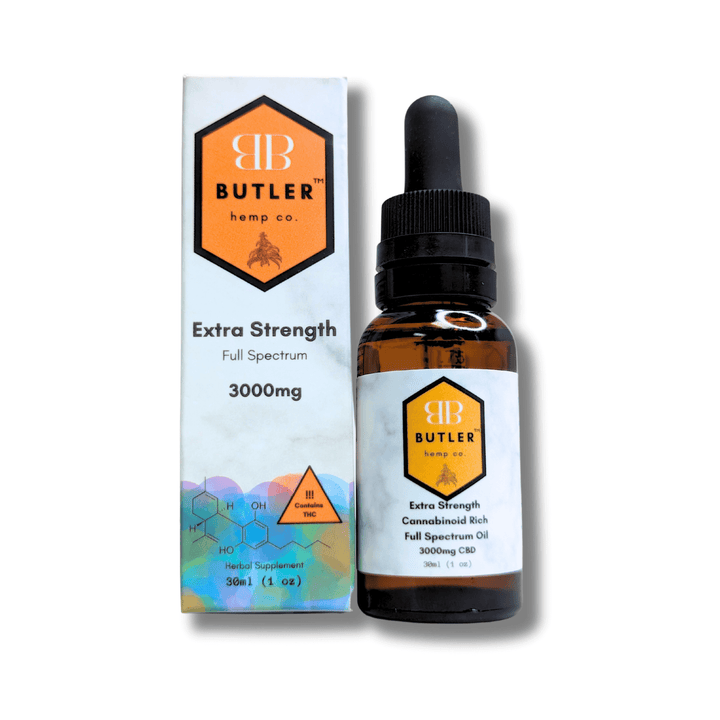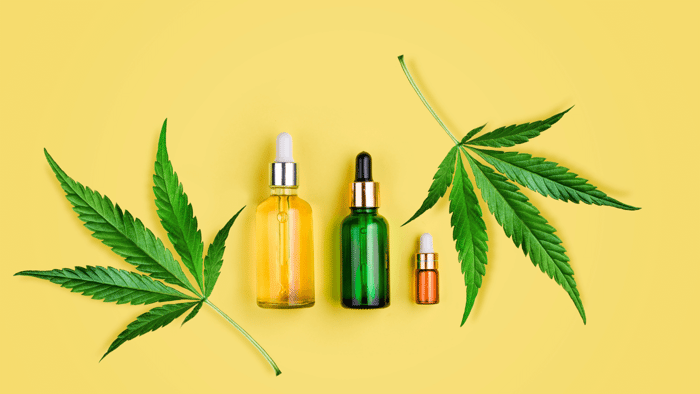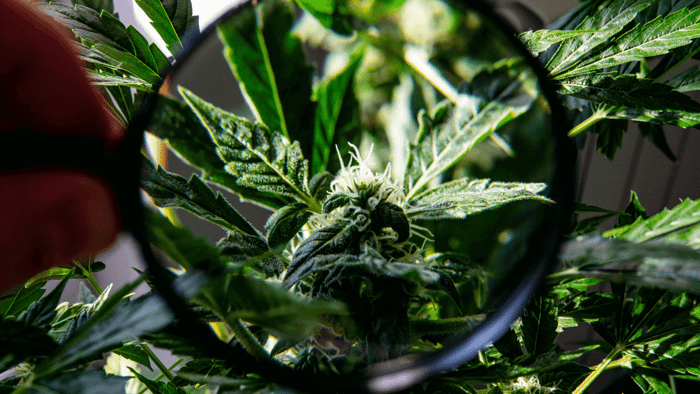Hey there, fellow CBD enthusiasts! If you're diving into the world of cannabidiol (CBD), you've probably heard about full-spectrum and broad-spectrum CBD. No, these aren't just fancy marketing terms – they're actually important distinctions that can affect your CBD experience. So, let's break it down in simple terms and find out what sets them apart.
The Basics: What is CBD, Anyway?
Before we dive into the full spectrum CBD vs. broad spectrum CBD battle, let's quickly revisit the basics. CBD, or cannabidiol, is a natural compound found in cannabis plants. It's known for its potential health benefits, like reducing anxiety, relieving pain, and improving sleep. The key thing to remember is that CBD doesn't get you high – that's another compound called THC, and it's only present in small amounts in some CBD products.
Full-Spectrum CBD: The Whole Plant Experience
Okay, let's talk full-spectrum CBD first. This one's like the "whole shebang" of CBD. It's made from the whole hemp plant, including CBD, other cannabinoids (like THC, but in trace amounts), terpenes, and other natural compounds. The idea here is to create a synergistic effect, where these various compounds work together to enhance each other's effects. Some people call this the "entourage effect."
What's great about full-spectrum CBD is that you get a more complete and natural experience. The presence of those trace amounts of THC can have a subtle influence, and the terpenes contribute to the flavor and aroma of the product. It's like enjoying a slice of the whole hemp pie!
Broad-Spectrum CBD: CBD Minus the THC
Now, let's talk about broad-spectrum CBD. Think of it as the "full-spectrum light" version. It contains all the goodies you'd find in full-spectrum CBD – cannabinoids, terpenes, and all that jazz – but with one significant difference: it's been carefully processed to remove almost all traces of THC.
This makes broad-spectrum CBD an excellent choice if you're concerned about drug tests or simply want to avoid even the tiniest THC amounts. You still get that entourage effect from the various compounds working together, minus any potential legal or psychoactive concerns.
Choosing Between the Two
So, which one is right for you? Well, it depends on your personal preferences and needs. Here are a few pointers to help you decide:
Full-Spectrum CBD is great if you:
- Don't mind trace amounts of THC (less than 0.3%).
- Want a more natural and holistic experience.
- Enjoy the unique flavor and aroma of hemp.
Broad-Spectrum CBD might be a better choice if you:
- Are concerned about THC, even in tiny amounts.
- Want to enjoy the potential entourage effect without the high.
- Prefer a more neutral taste and aroma in your CBD products.
In the end, there's no one-size-fits-all answer. It's all about finding what works best for you and your specific needs. And, of course, consulting with a healthcare professional if you have any medical concerns.
Final Thoughts
So, there you have it – full-spectrum vs. broad-spectrum CBD, demystified! Remember, both options have their unique perks, and the "right" choice is a matter of personal preference and circumstance. Whether you go full-spectrum or opt for the broad-spectrum experience, you're on your way to discovering the potential benefits of CBD. Just be sure to choose a reputable brand, and you're golden!
As with anything in the CBD world, it's always a good idea to start low and slow and listen to your body. Happy CBD exploring, my fellow hemp enthusiasts!
Extra Strength Full Spectrum 3000mg CBD Oil

$64.99
If you live with pain and anxiety, you don’t have to turn to prescription drugs to find relief. This Extra Strength Full Spectrum CBD tincture works within your endocannabinoid system to restore homeostasis and bring your body back to its… read more




